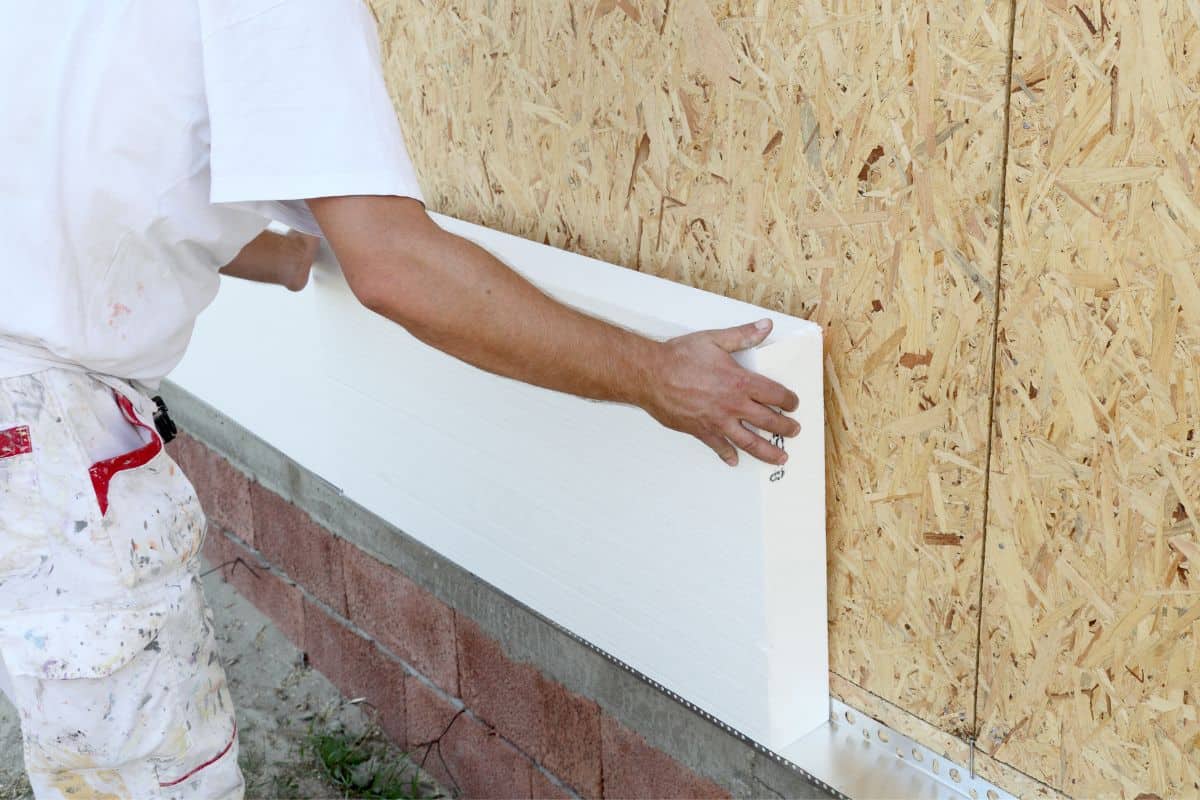Advantages of Using Different Types of Insulation When Rendering a Wall
Rendering a wall adds an aesthetically pleasing finish to any project. However, it’s important to consider the advantages different types of insulation can provide when rendering walls. Insulation helps protect against extreme temperatures and can add additional strength and stability to the walls. Here are some of the key advantages of using different types of insulation when rendering a wall.

The Benefits of Using Insulation When Rendering a Wall
One of the main benefits of insulating walls before applying render is its ability to reduce thermal bridging. Thermal bridging occurs as heat travels through materials like metal or wood and tends to create cold spots in rooms, making it difficult to maintain comfortable temperatures. By adding appropriate levels of insulation, this bridge can be broken, enabling the space to remain comfortable and uniform in temperature.
Another advantage of using insulation when rendering a wall is its ability to increase soundproofing. The insulation acts as a barrier between inside and outside noise, dampening sound waves before they have a chance to enter the room. This can be particularly useful if you live in an area with high levels of traffic or other loud environmental noises.
Finally, insulated walls are also better able to withstand extreme weather conditions by providing additional strength and stability. Insulating materials such as polystyrene foam or fiberglass batts provide increased structural soundness that helps protect against moisture penetration, wind-borne debris, and even fires.
Different Types of Insulation for Rendering a Wall
When it comes to insulating walls for rendering, there are several different options available. The most common type of insulation used for this purpose is fiberglass batts or rolls. Fiberglass is lightweight and relatively inexpensive, making it an ideal choice for many projects. It also has good soundproofing capabilities and can be easily cut to fit the wall’s dimensions. However, its low R-value means that additional layers may need to be added in areas with colder climates.
Another popular option is polystyrene foam boards, which come in different thicknesses and offer higher levels of thermal insulation than fiberglass. These boards are easy to install and provide superior protection against moisture penetration and wind-borne debris. While more expensive than fiberglass, it is still a viable option for many projects.
Finally, cellulose insulation is another great choice for rendering walls. It is made from recycled materials such as paper and wood pulp and provides excellent soundproofing capabilities due to its dense material composition. Additionally, it has the highest R-value of any other type of insulation on the market, making it an ideal choice for those living in cold climates.
Conclusion
Using different types of insulation when rendering a wall offers several key advantages. Insulation helps protect against extreme temperatures, reduce thermal bridging, increase soundproofing capabilities, and provide additional strength and stability to your walls.
Fiberglass batts or rolls are the most common type of insulation used for this purpose, but polystyrene foam boards and cellulose insulation are also viable options depending on your needs. No matter which type of insulation you choose, it’s important to consider the benefits that come with using different types of insulation when rendering a wall.
